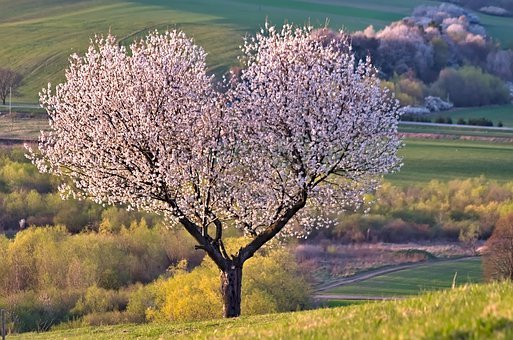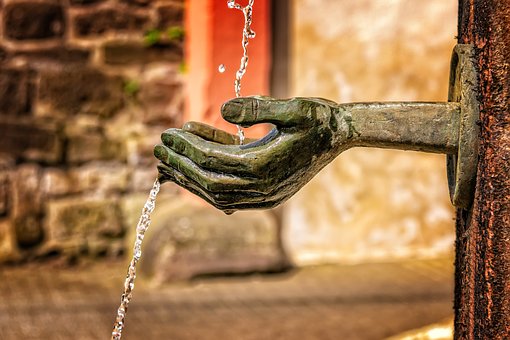Without the Buddhist teachings and practice, most people are still able to endure suffering; this is because they hold on to hope, even if it is very slight. Faced with good fortune, however, it is difficult for them to remain composed; with money, power, and status, they become megalomaniacal and self-important. Unable to return to their simple life before, and even less willing to listen, reflect, and practice the teachings, they indulge in material pleasures and gradually deplete their blessings.
~Depicted from ARE YOU READY FOR HAPPINESS - How to Face Suffering and Happiness-How to Face Happiness











